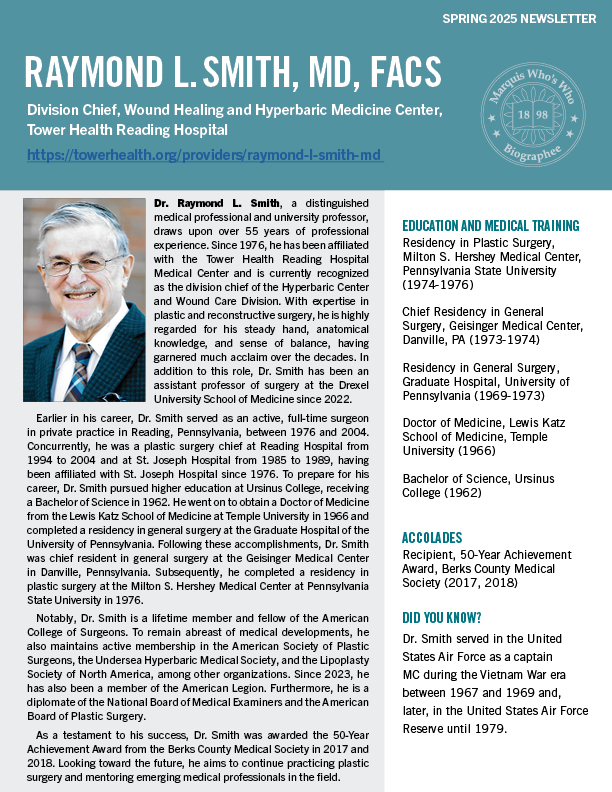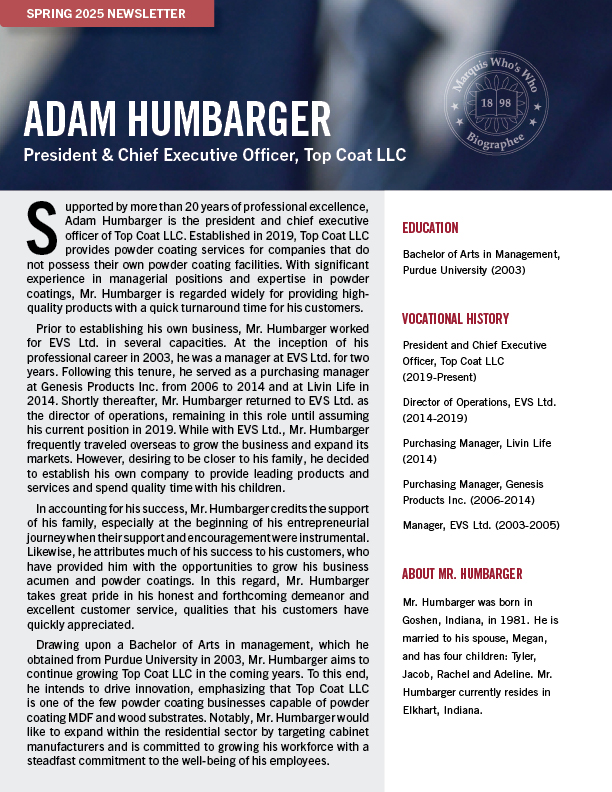
From a young age, Dr. John David Bukry showed an affinity for geology. At the age of six, he discovered possible horn corals in his grandfather’s field in south New Jersey, which were a result of glacial out wash from New York state. After this discovery, he advanced through scientific courses in school. In high school he took an advanced course in which 20 promising students were put on an accelerated education program and became well prepared for college-level courses. He later attended Johns Hopkins University, where he excelled in their academically-oriented geology department. After receiving a Bachelor of Arts from Johns Hopkins, Dr. Bukry was recruited by Columbia University, Stanford University, and Princeton University for graduate school. He eventually landed on Princeton, where he received a Master of Arts and a Doctor of Philosophy. During his studies, he began his career as a geologist with the U.S. Army Corps of Engineers in Baltimore, MD, and then as a research assistant for Mobil Oil Co. (now Exxon Mobil Corporation) in Dallas, TX.
After receiving his doctorate, Dr. Bukry was offered a position as a geologist with the U.S. Geological Survey (USGS) in La Jolla, CA, where he served for nearly 20 years from 1967 to 1984. He then became a geologist for the Minerals Management Service before returning to the USGS in Menlo Park, CA, for 10 years. In 1996, he earned his current title of scientist emeritus with the USGS. Throughout his successful career, Dr. Bukry considers a highlight as having the opportunity to work at the Scripps Institution of Oceanography. Referred to the position by a colleague from Princeton, he spent more than 30 years as a research associate on an emerging deep sea drilling project.
As an accomplished professional, Dr. Bukry has also conducted research in stratigraphy, paleoecology and taxonomy for 300 new species of marine nannoplankton, which are now used in ocean history studies. He also participated in a new study of Holocene global climate change showing medieval warm and little ice age in nannoplankton cored in the Gulf of California, the Santa Barbara basin, and the Gulf of Alaska. In addition to these achievements, Dr. Bukry has also written several articles in professional journals and he served on the editorial board of the Micropaleontology journal. In his spare time outside of work, he enjoys basketball, photography, and shell and mineral collecting.
Contact Dr. Bukry:


